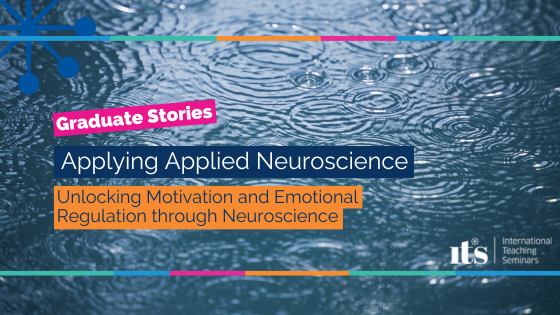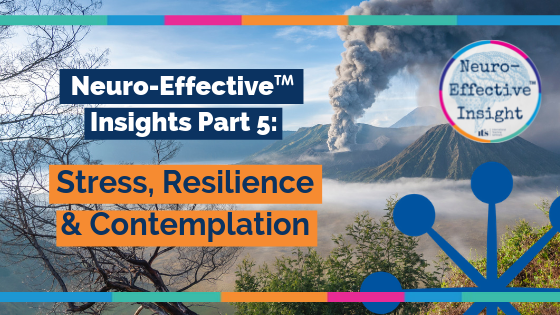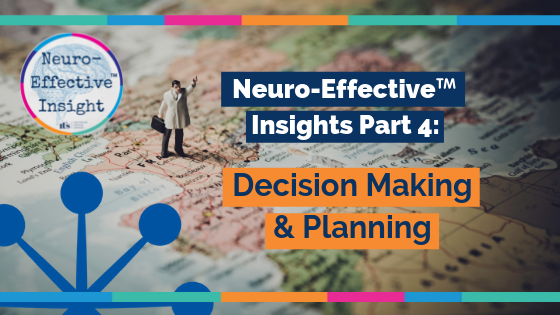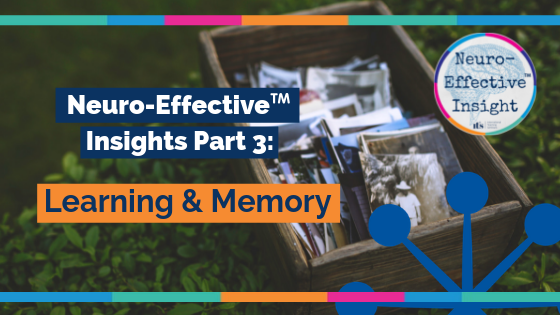Unlocking Motivation and Emotional Regulation through Neuroscience:
Insights from A Graduate’s Journey.
How applying Applied Neuroscience can promote behaviour change.
In a world where emotional intelligence and self-motivation are keys to personal and professional success, understanding the intricate dance between our brain functions and our behaviors can be transformative.
One of our graduates experience, as experienced in Module One of a programme ‘Emotional Regulation and Motivation’, offers profound insights into this relationship.
Their journey, explores the realms of intrinsic and extrinsic motivation and the neuroscience behind emotional regulation, which serves as a powerful guide for anyone looking to enhance their motivational strategies and emotional awareness.
Read more about Mary’s* story below.
Understanding the Challenge
Mary’s primary challenge was a common one: the hesitation to engage with social media to promote their business due to fear of negative responses.
This fear, while seemingly straightforward, was deeply rooted in neurological processes. Recognising the need to address this, Mary embarked on a journey of self-discovery and scientific understanding, aiming to reframe her approach to motivation and emotional regulation.
Neurological Insights and Strategies:
Mary’s method was as analytical as it was introspective.
She delved into the functions of various brain regions, such as the prefrontal cortex (executive functions), cingulate cortex (error detection), and the amygdala (threat perception), to understand their roles in her avoidance behavior. Mary identified a crucial gap in her sense of autonomy, realising that most of her motivations were extrinsic, focused more on external perceptions rather than internal desires.
Leveraging the ‘Self-Determination Theory‘ of motivation, Mary began to reshape her approach to social media. She aimed to shift her focus to intrinsic motivations by activating the anterior insular cortex, which is correlated with deriving satisfaction from task completion.
The Power of Language and Emotional Regulation
One of the Mary’s most significant shifts was in their use of language.
She changed her internal dialogue from a sense of obligation (“I should do this”) to expressing a choice (“I would like to do this”). This seemingly simple change in language had a profound impact on her ventromedial prefrontal cortex, enhancing her emotional regulation and self-efficacy.
Applying Applied Neuroscience
Putting theory into practice, Mary began reviewing her to-do list with an intrinsic mindset.
This new approach brought a noticeable change in her feelings and she reported feeling more in control and autonomous, experiencing a surge in positive emotions and an increase in approach behaviors, facilitated by the activation of the left medial PFC.
In Conclusion
This Mary’s journey is more than a personal success story; it’s a testament to the power of understanding and harnessing our brain’s functions to improve our emotional and motivational states.
Her experience underscores the importance of intrinsic motivation and the ability to regulate our emotional responses through self-awareness and strategic thinking.
For anyone looking to overcome motivational barriers and enhance emotional intelligence, Mary’s insights offer valuable lessons in the art of self-transformation through the lens of neuroscience.
If you want to learn Applied Neuroscience and develop your own intervention to promote behaviour change, then see more information on our programme here >
*This name is a pseudonym.





Leave A Comment